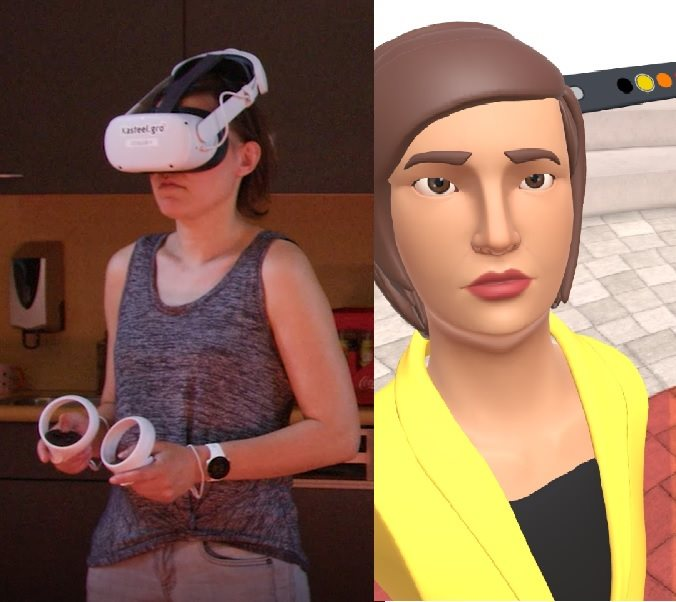After participating in our project, a small sample of 15 students from 4 partner countries answered a questionnaire on their experiences regarding the use of VR. Unfortunately, students from Denmark had already graduated, and we did not get hold of them for feedback.
Although many might think so, not all students are “native” when it comes to VR.

40% Of the students who answered had no previous experience. 20% Of the students would have needed even more technical support in the use of VR.
As a teacher and/or an IT-support person, be prepared to really take time for the set-up of the VR-glasses, and to practise their use. A separate pre-meeting just for this is strongly recommended!
Also, all the points explained in the recommendations, regarding the preparations, are highly valid in order to make the VR-experience an enjoyable one.
In VR, there are many ways to communicate with others. The students reported to have used or tried out all of these features available in the GLUE environment:
o sticky notes
o whiteboard
o high five
o handshaking
o 3D-pen
o chatting/texting
o and of course regular talking 😊
For 13% of students, talking to others in VR felt like nothing special. For the rest, it felt anything between funny, great, enjoyable, scary or quite normal. In the VRinVET –project, the communication part seems to have been the most successful of all our pilots. This may be because communication is relatively easy to establish: the students did not need special tools or equipment; the only thing required was a suitable playground to interact, which GLUE provided.
The communication team organized several sessions with students in GLUE. Initially, we set up assignments and put the students in mixed groups with different nationalities. These groups then had to cooperate to complete the assignments. This worked, but the feedback afterward showed that the assignments weren’t to the students’ liking. In addition, it turned out that the role of teachers that we naturally assumed, did not work in the VR environment. We could not address all students as we normally do in the classroom, and students were not in the mood to listen but rather wanted to experiment 😊.
Taking those sessions into account, we currently organize weekly sessions with students at a fixed time. We have created a room in which students can put up their own content to discuss, on different topics such as school, food, travel etc. and allow them to present and discuss their materials among themselves. We hope to continue this after the project has finished, and it would be interesting to try a different format and gather students’ opinions again in the future.
All in all, students’ responses to the use of VR for English is very positive: 87% of the students would use VR again in school, and 20% of them as soon as possible!
In the VR-sessions teachers made several observations on student’s behaviour and learning. Please read through our recommendations to find out more.
Sharon Steringa, English teacher and I-coach, Noorderpoort
Katriina Lammi, Head of International Affairs, Keuda